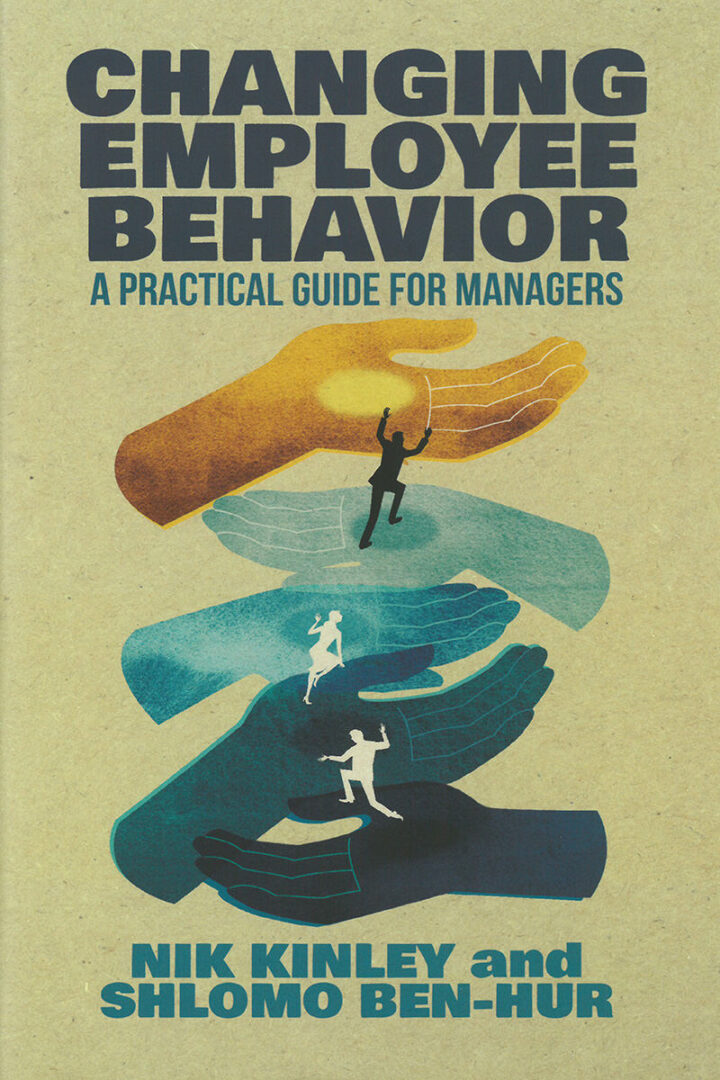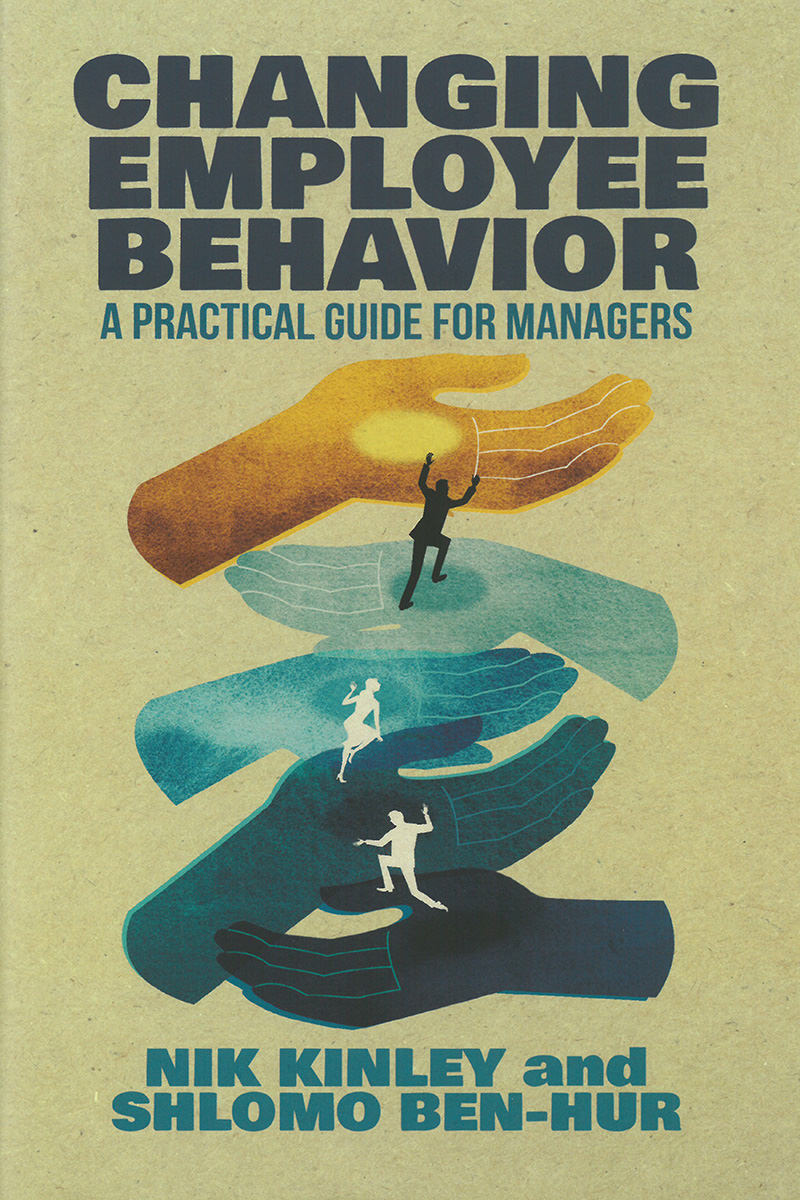
Changing Employee Behavior
An important part of every manager’s job is changing people’s behavior: to improve someone’s performance, get them to better manage relationships with colleagues, or to stop them doing something. Yet, despite the fact that changing people’s behavior is such an important skill for managers, too many are unsure how to actually go about it.
This book reveals the simple, but powerful techniques for changing behavior that experts from a range of disciplines have been using for years, making them available to all managers in a single and comprehensive toolkit for change that managers can use to drive and improve the performance of their staff.
Based on research conducted for this book, it introduces practical techniques drawn from the fields of psychology, psychotherapy, and behavioral economics, and show how they can be applied to address some of the most common, every-day challenges that managers face.
Research Information & Knowledge Hub for additional information on IMD publications

You can also buy the book on Barnes & Nobles, Book Depository, Orell Füssli and Routledge.

A new law requires large listed companies in the EU to appoint members of the underrepresented gender (usually women) to 33% of all director roles.

A relentless focus on accountability and continuous improvement transformed Valmet from an underdog into an industry leader in a decade. Pasi Laine tells Jean-François Manzoni how it was done.

According to the 2025 Edelman Trust Barometer, trust in employers is declining for the first time. Here are practical measures to get back on track.

Three Ways to Deal with Your Boss when they act against civility, empathy, and ethics. Discover strategies to handle difficult workplace dynamics effectively.

Six ways leaders can shape corporate reputation building strategies within their organizations, drawing on key insights from a Bloomberg Media study.

Managing energy in leadership helps sustain momentum. Tap into purposeful action, team cohesion, and personal conviction to stay energised and inspire others.

To navigate a turbulent business environment, CEOs must understand their landscape and align leadership thinking priorities, advises IMD’s Michael Watkins.

Only by coming to terms with your past can you hone the character and resilience to lead at your best. If you want to be a great leader, be your own case study.

By fostering a ‘we’ culture of sharing, respect, and gratitude, leaders can transform their organizations to shine in an inclusive world.

Effective communication is key to leading a team – but excessive talking can cause disengagement and frustration. Answer the following questions honestly to discover if you're talking too much – and read on for techniques to get more out of people...
Research Information & Knowledge Hub for additional information on IMD publications
Research Information & Knowledge Hub for additional information on IMD publications
in I by IMD
Research Information & Knowledge Hub for additional information on IMD publications
Research Information & Knowledge Hub for additional information on IMD publications
in I by IMD
Research Information & Knowledge Hub for additional information on IMD publications
Research Information & Knowledge Hub for additional information on IMD publications
Research Information & Knowledge Hub for additional information on IMD publications
Research Information & Knowledge Hub for additional information on IMD publications
in I by IMD
Research Information & Knowledge Hub for additional information on IMD publications
Research Information & Knowledge Hub for additional information on IMD publications

